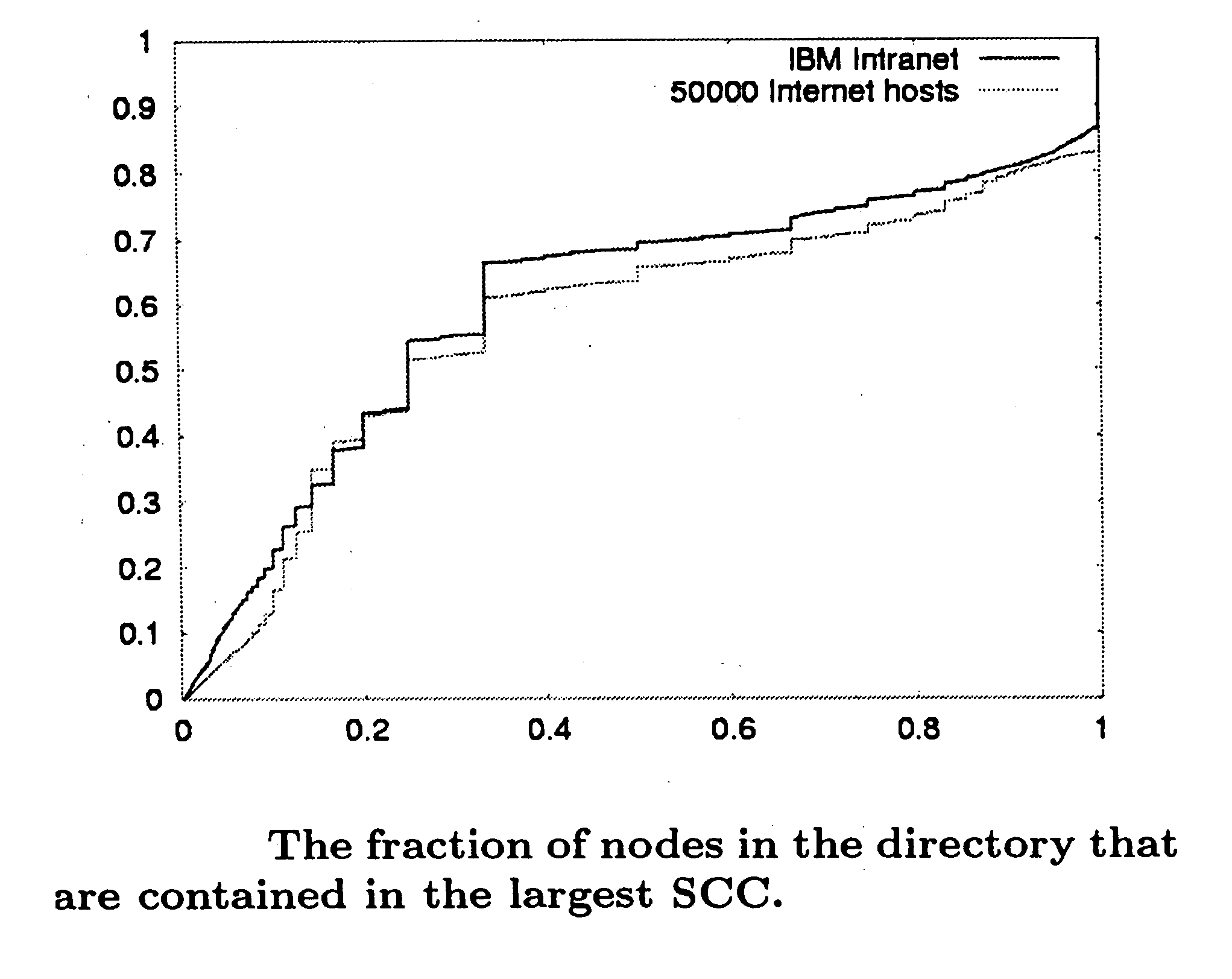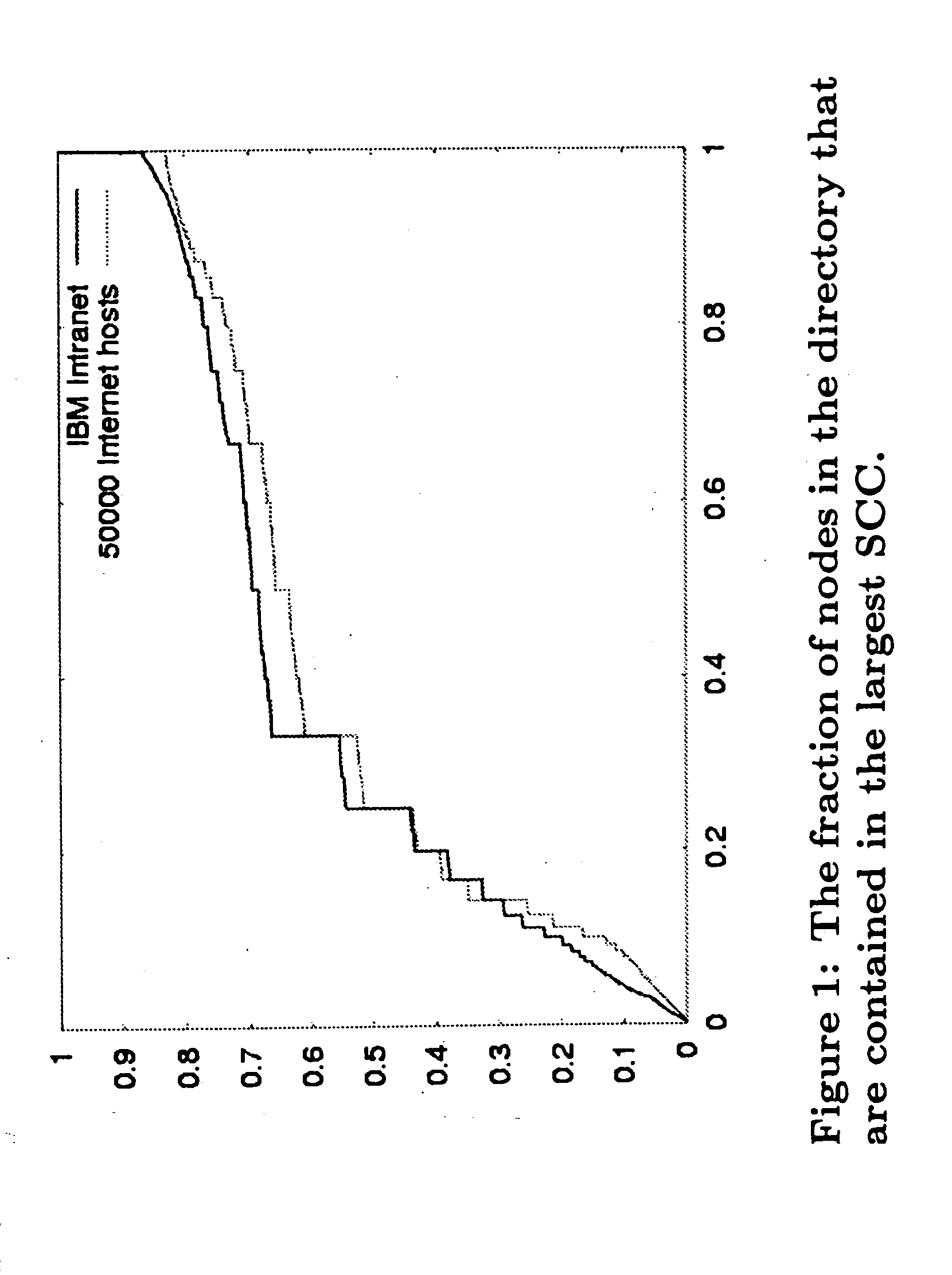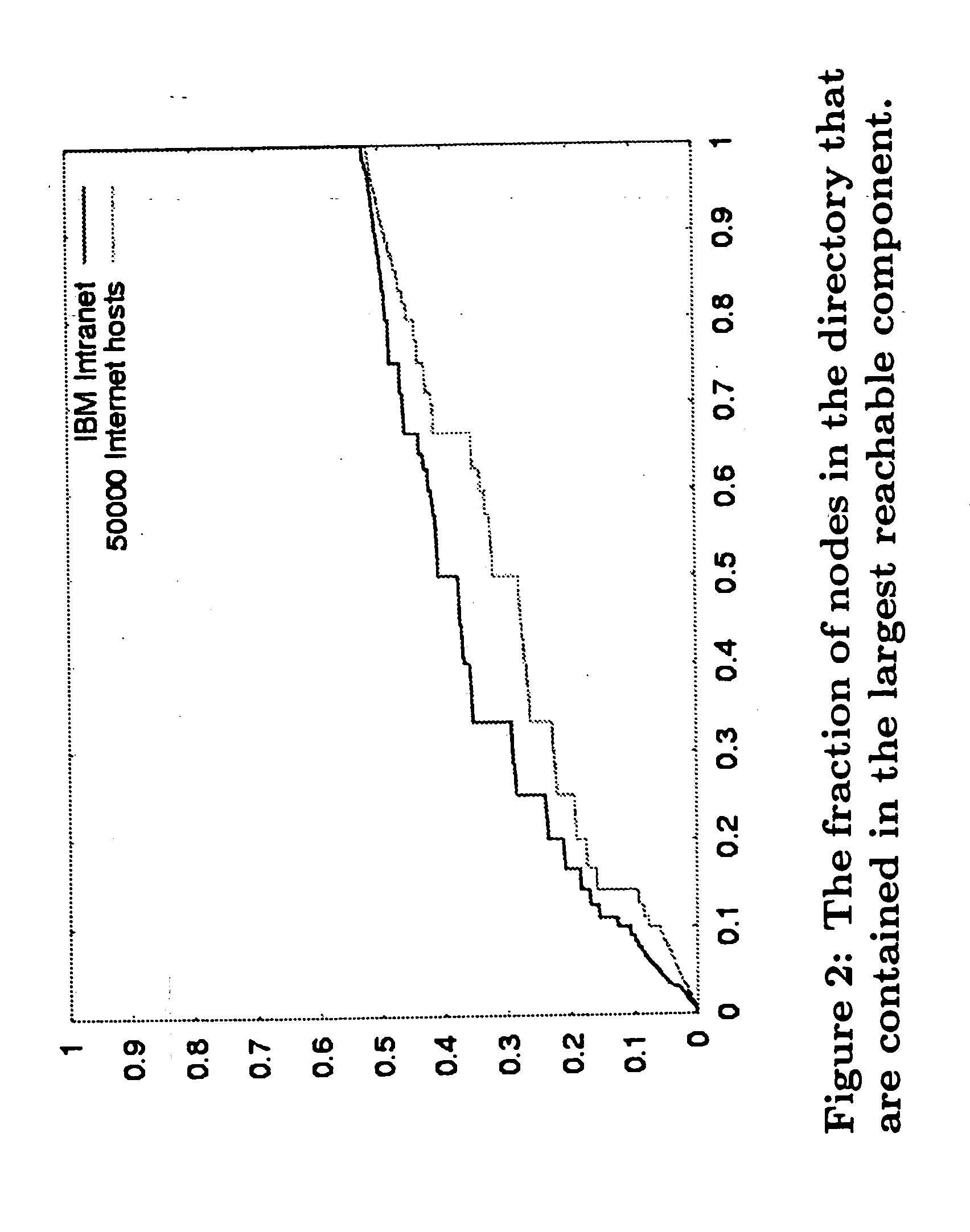System, method, and computer program product for identifying multi-page documents in hypertext collections
a multi-page document and hypertext technology, applied in the field of retrieving, organizing information from a hyperlinked collection of documents, can solve the problems of improper understanding of information, and difficulty in identifying etc., and achieve the effect of less effective classification of documents according to their term frequency distribution or overall structure of section headings when applied to document fragments
- Summary
- Abstract
- Description
- Claims
- Application Information
AI Technical Summary
Benefits of technology
Problems solved by technology
Method used
Image
Examples
Embodiment Construction
This invention provides a method for identifying “documents” that consist of the content from multiple web pages. We use the term “document” to refer to the traditional notion of a cohesive article by an author or group of collaborating authors that one might read in a newspaper, magazine, or book. In today's web it is commonplace to have a document broken across multiple URLs, but most information processing tools for tasks such as indexing and taxonomy generation assume that they are working on entire documents. We propose a method to discover documents on the web, which means that we identify sets of URLs and an entry point to this set of URLs. This has the potential to dramatically improve information processing tasks on the web or intranets.
There are numerous examples of scenarios in which a “document” is broken into multiple URLs when it is presented on the web, forming a compound document. Newspaper articles are often broken into multiple pages in order to show a reader a ...
PUM
 Login to View More
Login to View More Abstract
Description
Claims
Application Information
 Login to View More
Login to View More - R&D
- Intellectual Property
- Life Sciences
- Materials
- Tech Scout
- Unparalleled Data Quality
- Higher Quality Content
- 60% Fewer Hallucinations
Browse by: Latest US Patents, China's latest patents, Technical Efficacy Thesaurus, Application Domain, Technology Topic, Popular Technical Reports.
© 2025 PatSnap. All rights reserved.Legal|Privacy policy|Modern Slavery Act Transparency Statement|Sitemap|About US| Contact US: help@patsnap.com



